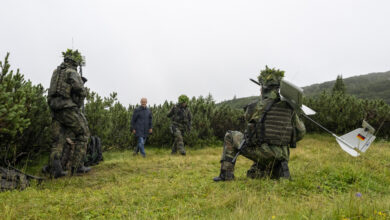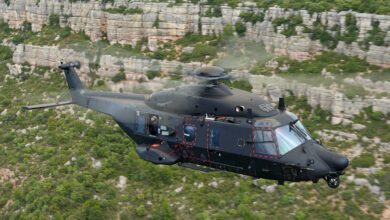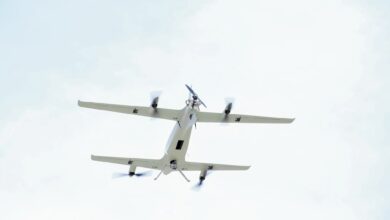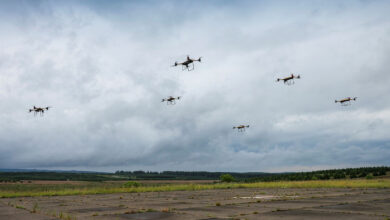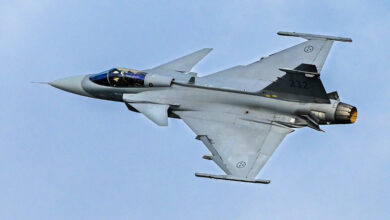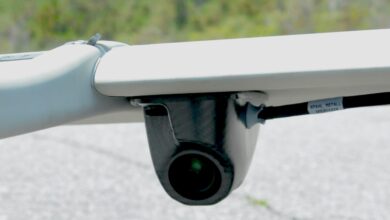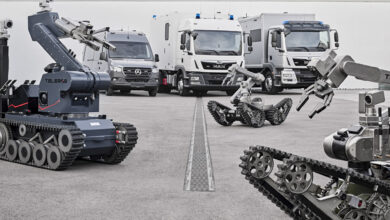France, Germany and Spain sign next-generation combat jet agreement
Spain officially joined the Future Combat Air System program
France, Germany and Spain on Monday unveiled the first concept models of a next-generation combat jet for European air forces, an ambitious project aimed at bringing together the continent’s disparate military forces while offering an alternative to American planes.
The stealthy jet is part of the Future Combat Air System, which will also include drones, missiles and so-called “remote carriers” that can be used to deliver munitions, scramble communication networks or divert the attention of enemy defenses.
French President Emmanuel Macron attended the unwrapping of a full-scale model of the sleek delta-wing aircraft at the opening of the Paris Air Show in Le Bourget, just north of the French capital.
The official cooperation accord launching the project was then signed by the French, German and Spanish defense ministers: Florence Parly, Ursula Von der Leyen and Margarita Robles.
“This project now has a resolutely European dimension: Spain has officially joined the program this morning,” Parly said.
Spain announced its participation earlier this year, but so far no other European Union nations have signed on, though officials in Macron’s office say talks are underway to bring other nations on board.
Airbus and France’s Dassault Aviation are leading the plane’s development, aiming to have it operational by 2040, when it will replace the current generation of Rafale and Eurofighter jets.
France’s Safran is also developing a new power plant for the plane that may include hybrid electric technologies, making the plane quieter while also lowering its heat signature, making it harder to detect.
But Paris and Berlin have still to award an expected €150 million ($169 million) contract to begin work on a test plane that could start flying in 2026.
Parly told journalists the contract is expected to be finalized by the end of this year.
The new plane is a crucial test for Europe’s ability to forge a joint operational command that could ensure its military sovereignty at a time of growing tensions with the U.S. under President Donald Trump, who has put the solidity of the NATO alliance into question.
Officials will have to win over several E.U. countries which are longstanding clients of American jets, and which may be tempted by Lockheed Martin’s new F-35 stealth fighter.
And the new European jet already has a rival on home turf – Britain’s Tempest stealth fighter project, which has already garnered the support of Italy and the Netherlands.
With reporting from AFP



